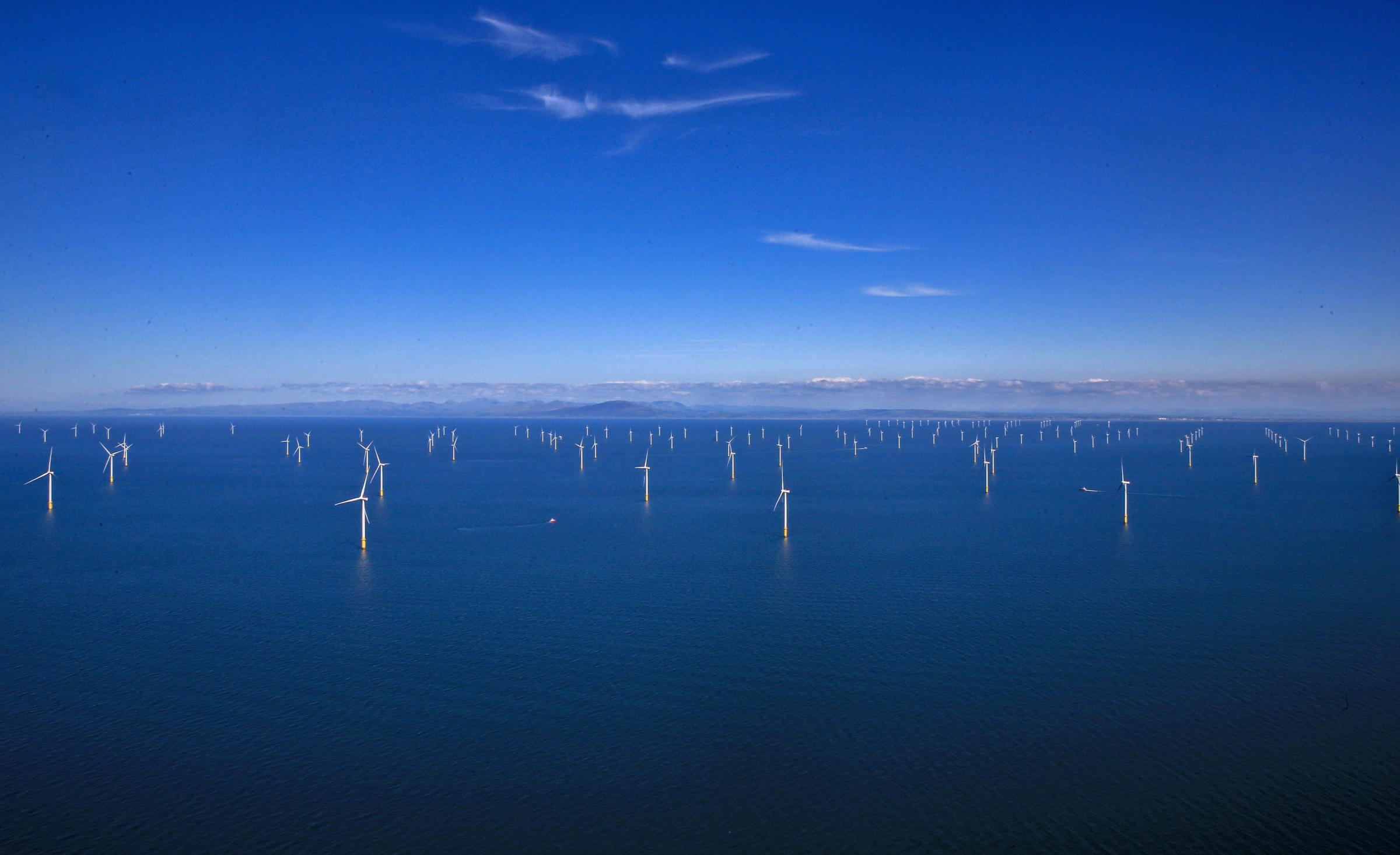Scotland's Green Energy Vision: Jobs and Manufacturing Gap Under Scrutiny
Scotland's approval of the world's largest offshore wind farm highlights critical gaps in domestic manufacturing capability and job creation, raising questions about the country's green energy strategy.

Berwick Bank offshore wind farm visualization showcases Scotland's renewable energy ambitions amid manufacturing concerns
The recent approval of Berwick Bank, set to become the world's largest offshore wind farm, has sparked intense debate over Scotland's green energy strategy and its missed opportunities in manufacturing and job creation. While the project promises significant renewable energy output, critics argue it exemplifies a broader failure to capitalize on domestic industrial potential.
Manufacturing Gap in Green Energy Sector
Despite Scotland's ambitious renewable energy initiatives, the country lacks domestic manufacturing facilities for crucial components like turbines, blades, and subsea structures. This infrastructure gap means most equipment will be imported, limiting local job creation and economic benefits.
Environmental Concerns vs Economic Promise
SSE Renewables' environmental impact assessment estimates over 31,000 bird collisions during the wind farm's lifespan, raising significant ecological concerns. This development follows a pattern of controversial environmental decisions that have drawn criticism from conservation groups and local communities.
Strategic Energy Security Challenges
The transition to renewable energy presents complex challenges for Scotland's industrial competitiveness. With energy costs among Europe's highest, there are growing concerns about the impact on emerging sectors like artificial intelligence and data centers, which require reliable, affordable power sources.
The situation mirrors broader European energy security challenges, particularly regarding supply chain dependencies and the need for strategic industrial planning.
Path Forward: Balanced Energy Strategy
Experts advocate for a more balanced approach combining renewables, nuclear power for baseload capacity, and strategic use of domestic hydrocarbons. This mixed strategy could better support industrial growth while maintaining environmental commitments.
Thomas Reynolds
Correspondent for a London daily, specialist in British foreign policy and transatlantic issues.
